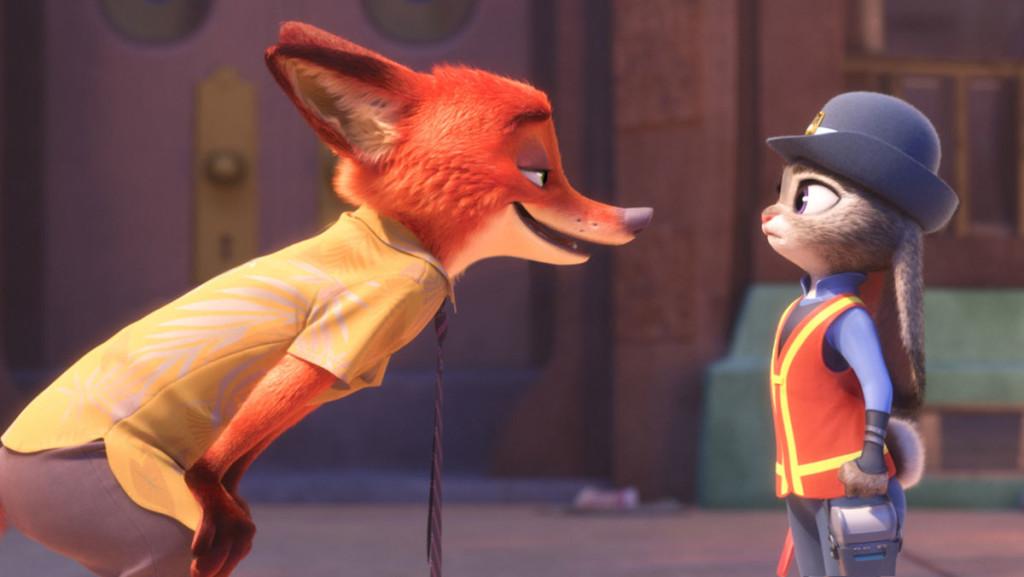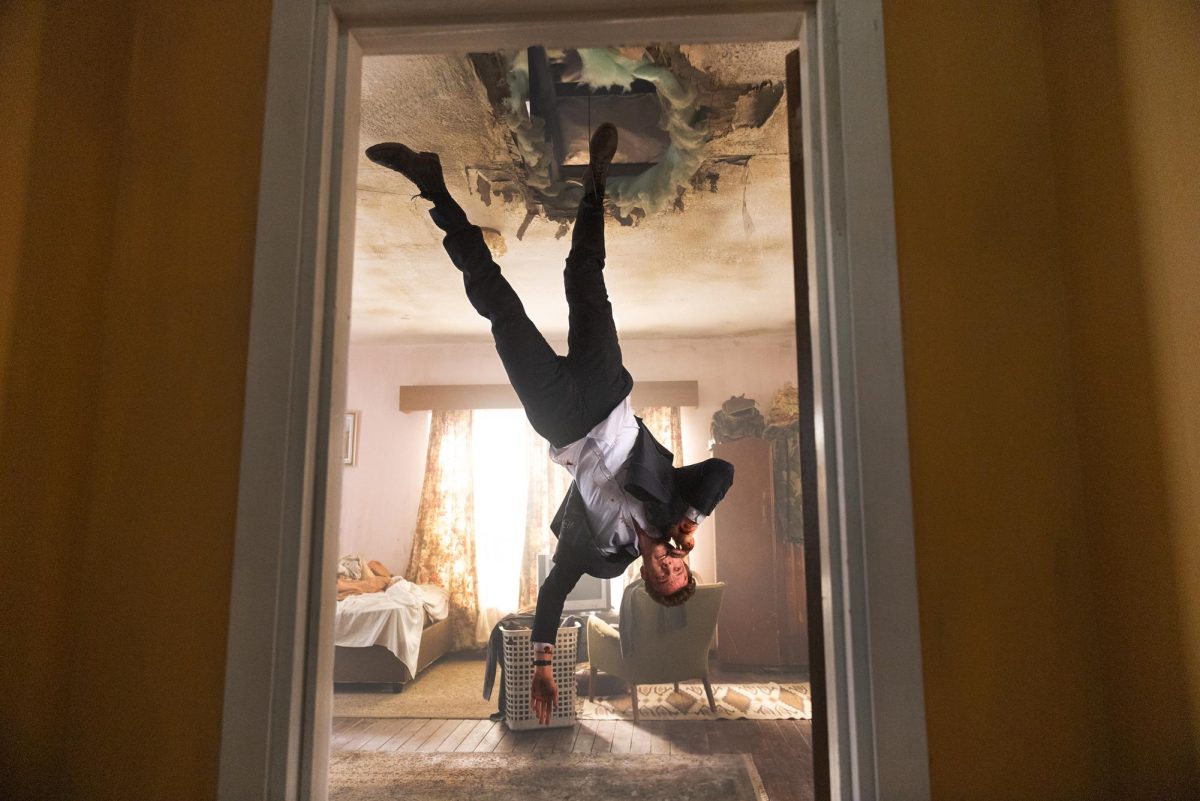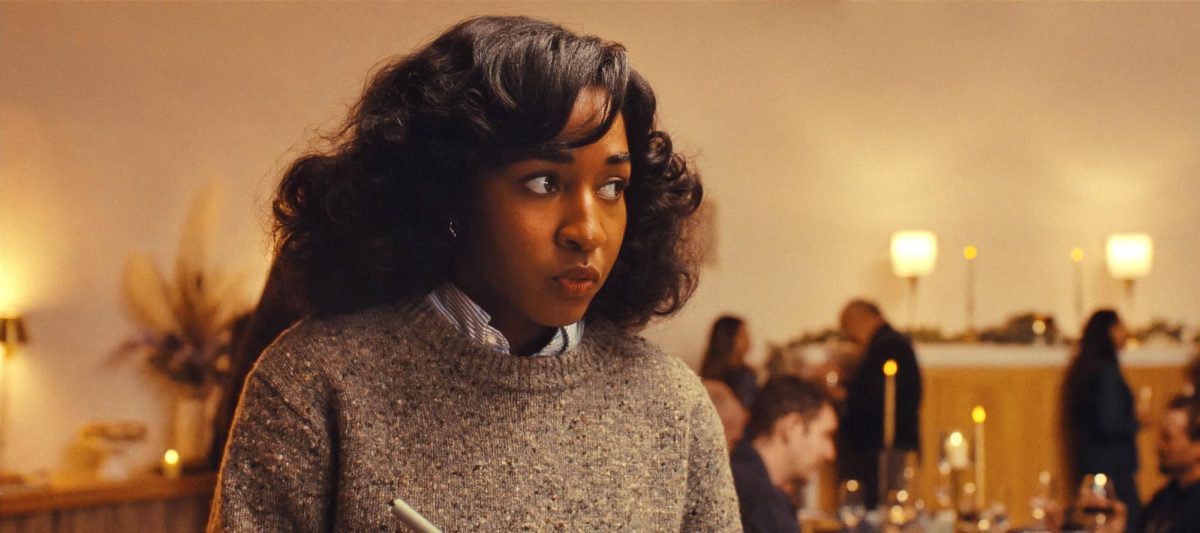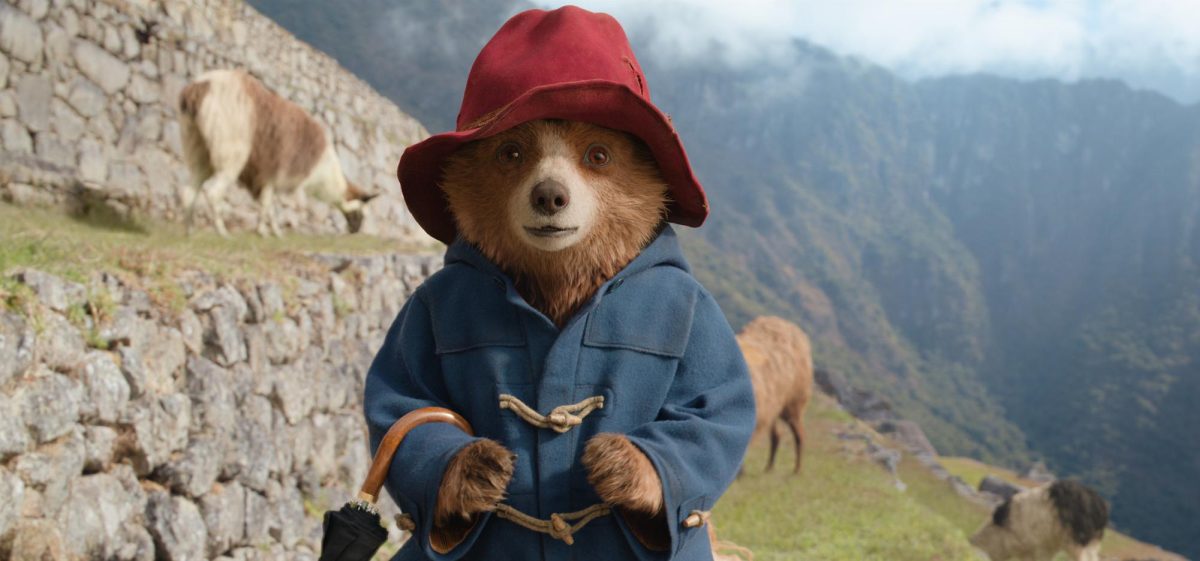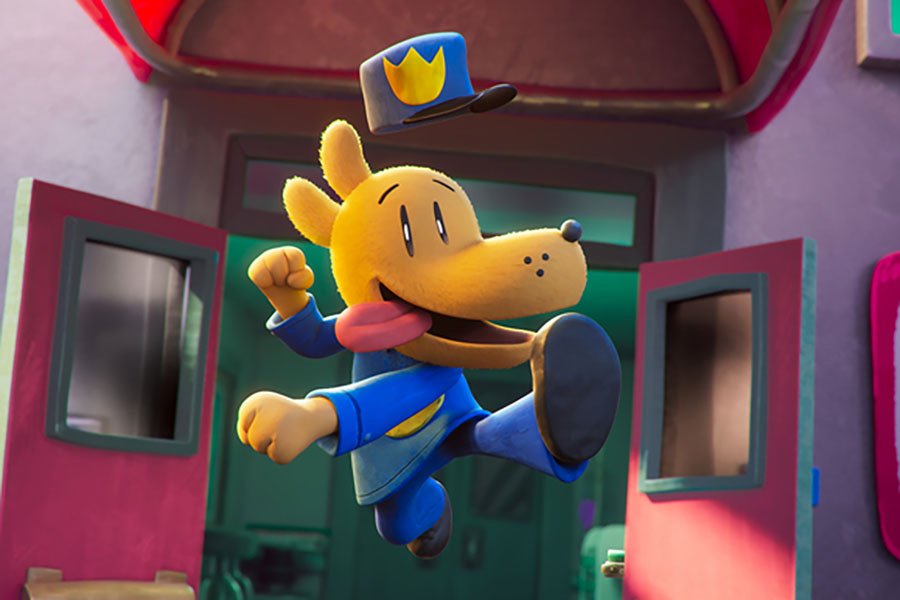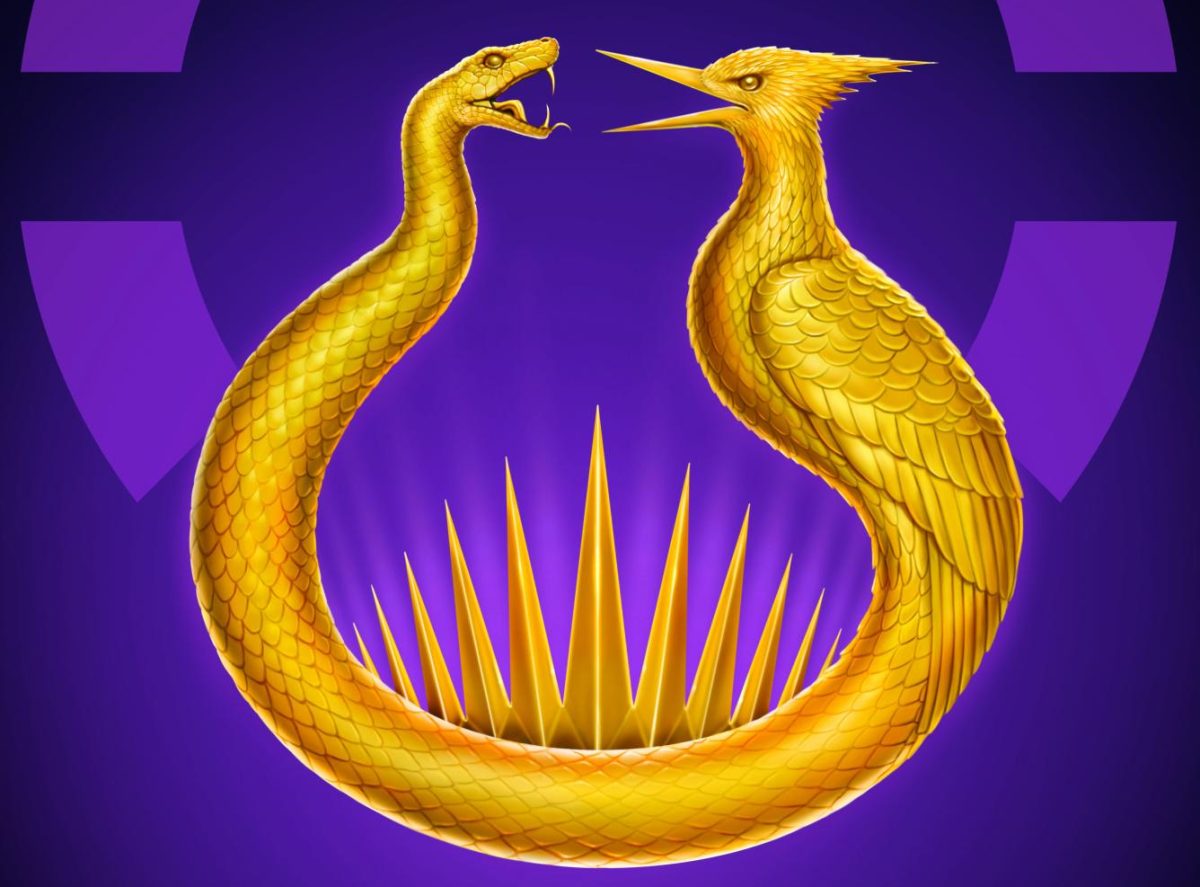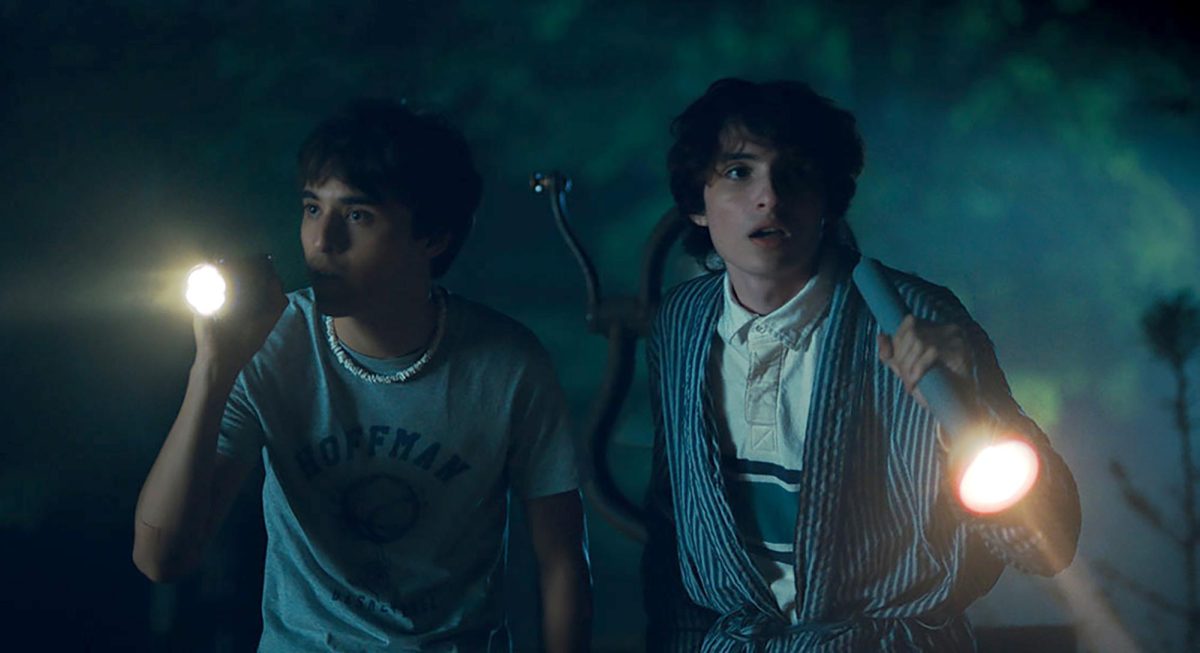The city of Zootopia is often described as a place where animals act civilized and are rid of their prehistoric, barbaric behavior, in which “anyone can be anything.” But in a world where the predators and the prey of the animal world live together in spite of all their differences, the slogan does not always ring true. Despite its perception as a city where animals live harmoniously in unison, Zootopia is riddled with an underlying layer of prejudice and bias that threatens to destroy the city from the ground up.
The animated Disney flick “Zootopia” prides itself on being more than just another children’s cartoon. Set in the fictional world of the same name, “Zootopia” explores the predator-prey relationship in the animal world through the adventures of Judy Hopps (Ginnifer Goodwin) and Nick Wilde (Jason Bateman). Hopps, a bunny with big dreams, defies expectations at the start of the film by becoming the first bunny police officer to join the Zootopia Police Department. On her first day on the job, however, Hopps gets assigned as a meter maid, a far cry from the crime-fighting officer she had always dreamed of being. During her shift, she incidentally meets Wilde, a fox who runs an illicit Popsicle business.
During this time, the Zootopia Police Department is dealing with 14 missing animal cases, all of which involve predators. Feeling unsatisfied with working as a meter maid and determined to prove her chops to the police chief, Hopps decides to take on one of the missing cases — an otter named Emmitt. In beginning to crack the case, Hopps finds a lead through Wilde, and together, the two pair up to find the missing otter.
Like any Disney movie, there is an underlying message to “Zootopia.” But unlike its animated predecessors, the themes in “Zootopia” are more developed and mature — a divergence from the tropes of friendship and kindness present in most Disney films. In “Zootopia,” themes of bias, prejudice and stereotyping are manifested through the predator-prey hierarchy, in which the prey make up the majority and the predators the minority. As Hopps and Wilde find that Emmitt’s case is connected to the other 13 missing animals, the pair finds that these cases make up a larger government-sponsored experimentation conspiracy to widen the chasm between predator and prey. A form of fear-mongering, the experiments instigate widespread fear across the city as the prey begin to make prejudiced assumptions against predators on the basis that predators are biologically predisposed to kill.
The decision of directors Byron Howard, Rich Moore and Jared Bush to tackle issues of prejudice through the animal world was a gutsy move — one that ultimately paid off. The film makes it clear from the beginning the certain implicit biases that prey hold against predators, ones that lead them to believe without any factual evidence that all predators are savage and violent. Even Hopps herself, despite her idealistic fantasy of living in a city where “anyone can be anything,” acts upon these prejudices, leading her to harbor suspicions of Wilde from the moment she meets him because of the stereotype of the “sly fox.” Throughout the movie, instead of attempting to wrap the film up in a pretty bow, the directors make sure to give it the time it needs to drive its message home. Instead of only relying on the typical dramatic structure — exposition, rising action, climax, falling action — the movie makes a stake in creating a discussion about the manifestations of prejudice and bias in society.
The animation in “Zootopia” gives the film a vivid, attractive quality that attracts its viewers from the beginning. It is evident the filmmakers dedicated time and thought into the creation of Zootopia and how the city could be accessible to animals of all shapes and sizes. These nuanced and clever animation decisions, such as the differently sized exit doors in the train to accommodate large and tiny animals, breathe life into the film and showcase the ingenuity of the film’s animators. But perhaps the most interesting quality of the film’s animation are the behavioral distinctions between a “civilized” and “savage” animal. Most animals in Zootopia are dressed in human clothing and, for the most part, walk upright. This serves as a distinction to the animals-gone-rogue, where their pupils are dilated, their teeth are bared, and they move on all fours. The stark contrast between these two types of animals may come off as a bit too obvious, but it nevertheless creates a clear divide between the savage and the civilized.
Despite all these strengths, “Zootopia” is not very funny for an animated Disney film aimed at children. Its jokes are few and far between, and its instances of comedy only elicit a few lighthearted chuckles from the audience. But perhaps the directors knew they would not have to rely on humor to carry the film because of the strength of its surprisingly mature storyline. The lack of slapstick comedy ends up doing the film more good than harm, as it maintains its focus on the primary themes in the movie.
From watching the film, it’s clear the themes in “Zootopia” are predicated on the existence of racism, discrimination and prejudice in the real world. For an animated film whose target audience is children, attempting to communicate these nuanced and complex topics was a tall order, but one that is pulled off with much success. At a time when conversations on race and racism are dominating civil discourse, “Zootopia” makes a successful effort to advance the discussion, making it one of the most intelligent and grown-up children’s movie of its kind.
Zootopia was directed by Byron Howard, Rich Moore, Jared Bush and written by Jared Bush.


